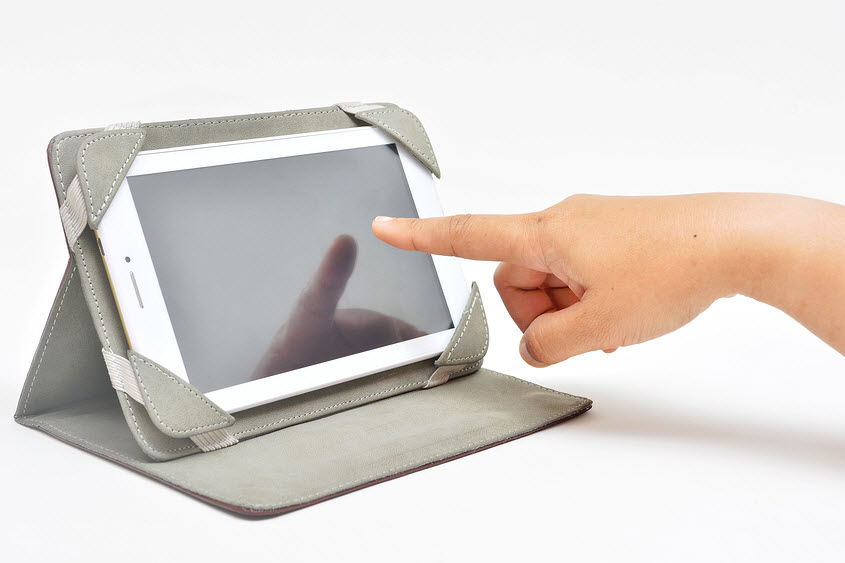As the focus shifts to a multi device experience the search engine giant is making a number of considerable discoveries.
Mobile ads are a relatively recent component of the overall strategy at Google and, following its recent shift to focus on being more friendly to smartphones and tablets, and the technology giant has been developing a massive amount of insight about this advertising channel, particularly since “mobile-geddon”.
This insight seems to be guiding the company well, according to its senior vice president of ads and commerce.
That individual, Sridhar Ramaswamy, has explained that the company is handing its move to a multi device experience well. He has pointed out that selling mobile ads to advertisers could be more challenging when the majority of those advertisements end up on mobile devices, because they have screens that are smaller than standard desktops and laptops. Marketers hesitate because many consumers find it to be a hassle, or not adequately secure to follow an ad to the point that they will actually make a purchase.
However, Google is working hard to make sure that it can halt the slipping prices of its mobile ads.
 The Wall Street Journal recently released a report that underscored Google’s efforts to improve the value of its advertising options. It has found that it can greatly benefit from the recent shift in the mobile technology toward the use of devices with larger screens.
The Wall Street Journal recently released a report that underscored Google’s efforts to improve the value of its advertising options. It has found that it can greatly benefit from the recent shift in the mobile technology toward the use of devices with larger screens.
Two of the devices that have effectively shown that consumers are interested in smartphones and mobile devices that have larger screens include the iPhone 6 and iPhone 6 Plus, which were launched by Apple, last fall. Similarly, the flagship Google smartphone that was recently released, the Nexus 6, features a large 5.9 inch screen.
While addressing the topic of mobile ads, Ramaswamy said that “As phones get bigger the space issue becomes less challenging.” He added that “This is essentially a tablet. People’s ability to navigate sites and fill out forms and such goes up tremendously,” as he withdrew his own Nexus 6 device to illustrate the point that he was making. These larger screen size trends, combined with the new data storage at Google, described in another Wall Street Journal report, indicate that the company is making every effort to overcome the decreasing willingness of marketers to pay for advertising on mobile screens.

 Julie Proctor, the general manager of marketing and innovation at Sunny Queen, explained that “We wanted to do something special.” She also added that “We have gone to great lengths to ensure these are no ordinary collectible cards. The characters literally come to life through specialized animation techniques which will make collecting these cards and eating eggs particularly fun for families in Australia.”
Julie Proctor, the general manager of marketing and innovation at Sunny Queen, explained that “We wanted to do something special.” She also added that “We have gone to great lengths to ensure these are no ordinary collectible cards. The characters literally come to life through specialized animation techniques which will make collecting these cards and eating eggs particularly fun for families in Australia.”